Optimizing Your Chart of Accounts
Having a well-organized Chart of Accounts (COA) is essential for gaining valuable insights into your business's financial well-being. Conversely, an overly complex COA can hinder financial analysis, making it time-consuming.
So, let’s take a quick look into how you can create a leaner COA that will boost efficiency and clarity in your financial management.
The Importance of a Tailored and Streamlined Chart of Accounts
As you may know, a company’s Chart of Accounts (COA) is a comprehensive list of all accounts in the general ledger, organized by categories such as Assets, Liabilities, Equity, Revenues, and Expenses. It serves as the foundation for categorizing transactions in your financial statements, providing a clear picture of your company’s financial health.
It’s crucial to maintain a COA that is tailored to your industry and specific needs. You should be able to quickly access the details you need when reviewing your financial statements. Aim to use the fewest number of accounts necessary. For example, instead of having separate accounts for each type of advertising, a single Advertising Expense account might suffice. As a CPA in the public accounting field, I have seen far too often charts of accounts that were way too long and made the financial statements very complicated to quickly analyze.
Simplifying Your COA: Enhancing Efficiency and Clarity
Most accounting software offers a robust COA, often with more accounts than you actually need. It’s a good practice to review your COA and deactivate or remove any accounts that are not in use or unnecessary for your business (you can always add accounts later if needed). This will simplify your accounting efforts, streamline your processes, and make it easier to understand your financial statements, allowing for quicker comparisons with previous years. If you’re unsure about handling this on your own, a bookkeeper or accountant can assist you efficiently. Additionally, there is plenty of online advice available on this topic.
Remember, simplicity is key. As a business owner, you need to make quick decisions regarding your financial situation. The simpler and more relevant your COA, the faster you can interpret your business’s performance and make crucial decisions. Don’t give up—you’ve got this!
Here are Some Key Takeaways To Remember
Chart of Accounts (COA) is a comprehensive list of all accounts in the general ledger, categorized by Assets, Liabilities, Equity, Revenues, and Expenses.
COA is the foundation for categorizing transactions in financial statements, providing a clear picture of financial health.
Tailor COA to your industry and specific needs for quick access to necessary details.
Simplify COA by using the fewest number of accounts necessary (e.g., a single Advertising Expense account instead of multiple).
Overly long COAs complicate financial statement analysis.
Accounting Software often includes more accounts than needed; review and deactivate/remove unnecessary accounts.
Simplification streamlines accounting efforts, simplifies understanding of financial statements, and allows for quicker comparisons with previous years.
Get the help of professional bookkeepers or accountants who can assist with COA management; plenty of online advice available.
Additional Resources to Learn More About Chart of Accounts
Investopedia
Investopedia - Chart of Accounts
A comprehensive guide explaining the Chart of Accounts, its structure, and its importance in accounting.QuickBooks Resource Center
QuickBooks - Chart of Accounts
QuickBooks offers a guide on setting up and managing your Chart of Accounts.

